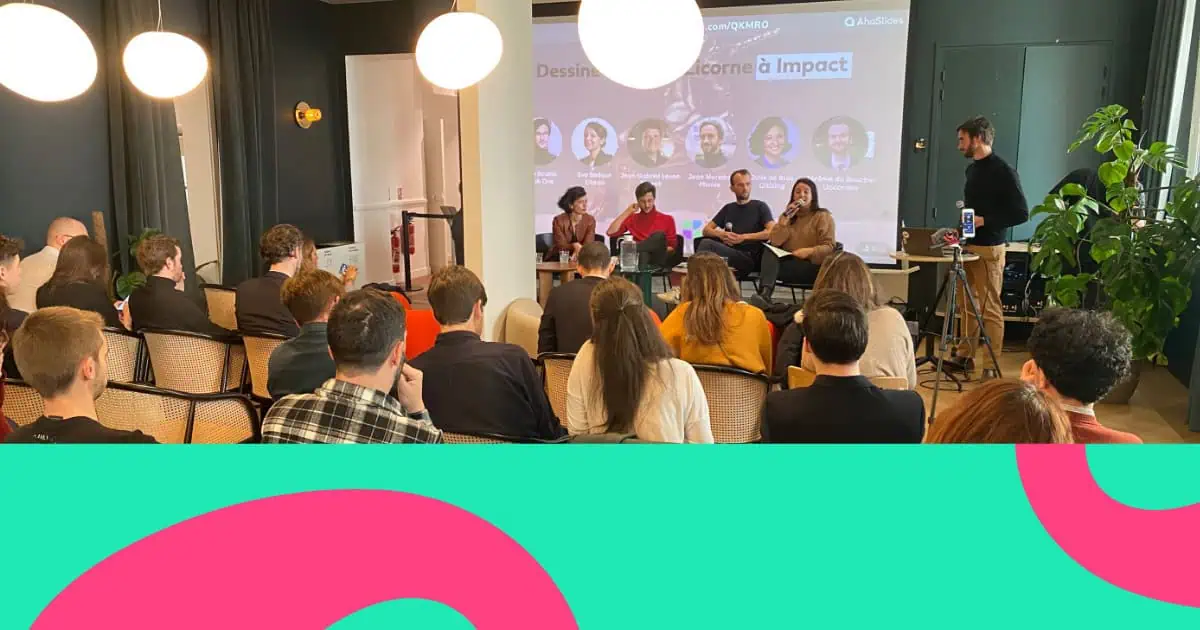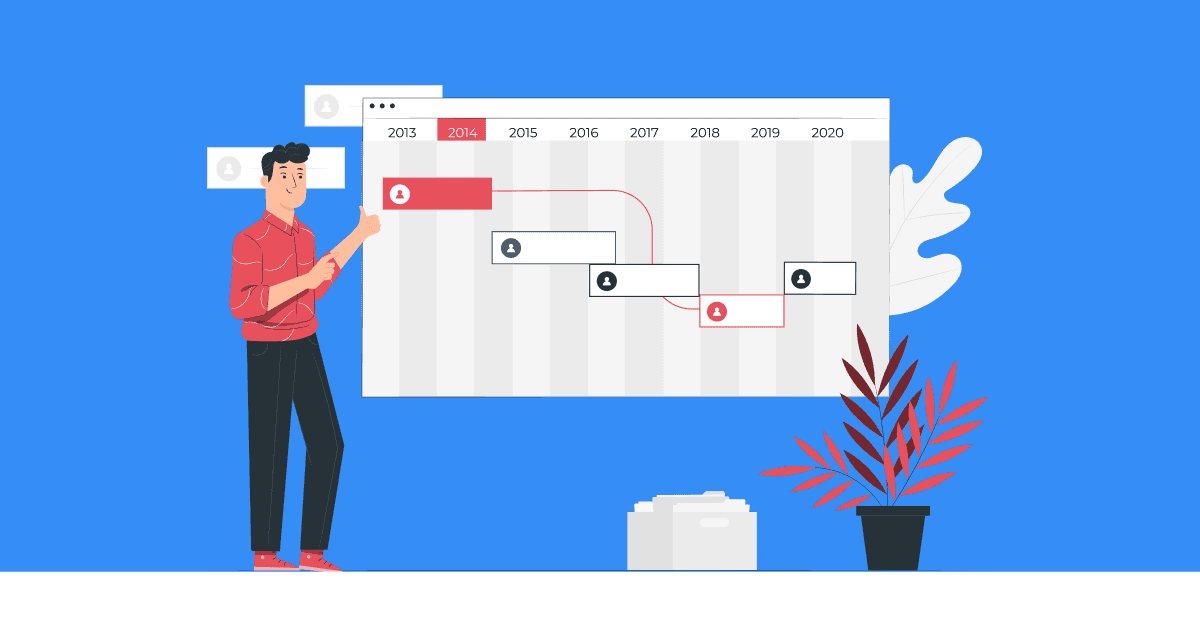Big memos going missing? New staff waiting to be introduced? Teams smashing their goals but getting no recognition? Looks like an all-hands meeting is on the agenda!
A company all-hands is possibly the best way to unite your entire team in a casual but intensely productive meeting.
Here's how to do it right, with an example agenda and a free, interactive template!
What is an All-Hands Meeting?
An all-hands meeting is simply a meeting involving all staff of a company. It's a regular meeting - happening maybe once a month - and is usually run by the heads of the company.
An all-hands meeting tries to accomplish a few key things...
- to update staff with any new announcements not fit for email.
- to set company goals and track progress towards existing ones.
- to reward outstanding achievements from individuals and teams.
- to acknowledge staff who have joined as well as those who have left.
- to answer employee questions from every corner of the business.
According to a 2013 study, all-hands meetings can inspire candid conversations. Leaders have a chance to hear directly from people at various levels within an organisation.
With all of that, the ultimate goal of an all-hands meeting is to inject a sense of unity into a company. Not surprisingly, these days, that's something that's more and more in demand, and all-hands meetings are enjoying a surge in popularity amongst companies looking to keep connections strong within their ranks.

Fun fact ⚓ The meaning of 'all-hands meeting' comes from the old naval call, 'all hands on deck', used to bring all crewmembers of a ship to the top deck to help navigate a storm.
Why Run an All-Hands Meeting?
I get it; we're all trying to avoid the 'not another meeting' syndrome. Adding another one to the roster of weekly, monthly, and yearly meetings may seem like a good way to turn your staff against you, but actually, it could reduce the number of meetings you hold.
How? Because an all-hands meeting is all-encompassing. It takes the important parts of many of the other meetings you'll have in your working month and condenses it down to a tight 1-hour time slot.
Ultimately, this can really free up some time in your schedule. Here are some of the other benefits of an all-hands meeting...
- Be inclusive - It's hard to express just how much it can mean to your team that you're willing to sit down with them every week or month. Giving them the chance to ask their burning questions through a Q&A and being as open and honest with them as possible builds a wonderful company culture.
- Be a team - Just as it's great to hear from the boss, it's also great to see the faces of fellow employees. Remote work and segmented offices can often isolate the people who are meant to be gelling the most. An all-hands meeting offers them an informal chance to see and chat with each other again.
- Don't miss anyone - The whole idea behind an all-hands meeting is that it's all hands on deck. While you may have a few absences, you can deliver your messages with the knowledge that everyone, including remote workers, is hearing what they need to hear.
All-Hands Meeting Agenda
Need an all-hands meeting agenda example to truly wrap your head around what actually happens in an all-hands?
Here are 7 typical items you might see on the agenda, as well as recommended time limits to keep everything to a lean 1 hour.
1. Set Objectives
The first thing you always want to do before a meeting is to set objectives. The reason for its importance is that objectives help provide direction and focus for the people in a meeting, and give them a measurable goal that they can work on achieving together.
Want to run meetings that actually get stuff done? The SMART framework—Specific, Measurable, Achievable, Relevant, and Time-bound—is your secret weapon for setting objectives that keep everyone focused and productive. Here's how you can do it:
- Specific: State what needs to be accomplished in this meeting. Specify your goal for more effective planning. For example, after the meeting, you want everyone to learn the current state of the business and contribute with ideas that can improve the company.
- Measurable: Make 100% sure that your goal can be measured. Define success clearly. What tangible outcome should you have by meeting's end?
- Achievable: Be realistic about what you can pull off in the time you’ve got. You’re not solving world peace in a 30-minute standup, so set goals that fit the meeting’s scope and don’t leave everyone frustrated.
- Relevant: Make sure the objective ties into your team’s or company’s bigger goals. If it doesn’t move the needle on what matters, it’s probably not worth your time.
- Time-bound: Set a deadline to keep things moving. For example, “We’ll agree on three cost-cutting ideas by 10:30 AM.” This adds urgency and stops the meeting from dragging on forever.
2. Ice Breakers
⏰ 5 minutes
Being a company-wide meeting with potentially some new faces, there's a good chance that some colleagues haven't had the chance to sit and chat with each other in a while. Use 1 or 2 ice breakers to keep team spirit strong and warm up those beautiful brains before the heft of the meeting begins.
They're essential at the start of all-hands meetings, because they break down the formal atmosphere that can affect employees' engagement while helping colleagues discover unexpected connections across departments.
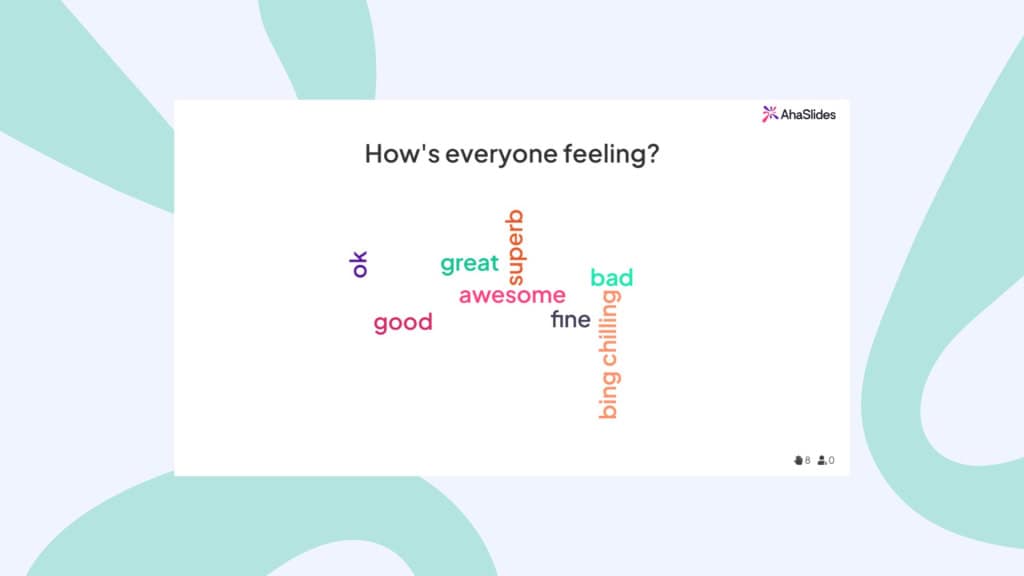
Try some of these ideas:
- Which GIF describes your mood? - Present everyone with a few GIFs and ask them to vote for the one that best applies to how they're feeling.
- Share an embarrassing story - Here's one that's proven to generate good ideas. Ask everyone to write a short, embarrassing story and submit it anonymously. Reading these out can be a hilarious start to your all-hands meeting agenda.
- Pop quiz! - There's no situation that can't be heightened with a bit of trivia. A quick 5-minute quiz on current events or company practices can inspire creativity and start your all-hands with some good clean fun.
💡 Check out 10 ice breakers for any meeting - online or otherwise!
3. Team Updates
⏰ 5 minutes
There's a chance that you'll be looking at some new faces in this meeting, as well as missing a couple of recent departures. It's best to address this early in the agenda so that no one's sitting around awkwardly waiting to be introduced.
Giving big thanks to the staff who have just left is not only good leadership, it humanises you in front of your people. Likewise, introducing new faces to the company early is a great way to help them feel included and put everyone at ease for the rest of the meeting.
Just a quick thanks and greeting will do for this, but you can go the extra mile by making a short presentation.
It's essential to place this early in the agenda (within the first 10 minutes) to show respect for former colleagues while providing closure for remaining team members.
This also helps new employees feel genuinely welcomed rather than like afterthoughts, ultimately setting a positive tone that reduces anxiety for everyone present.
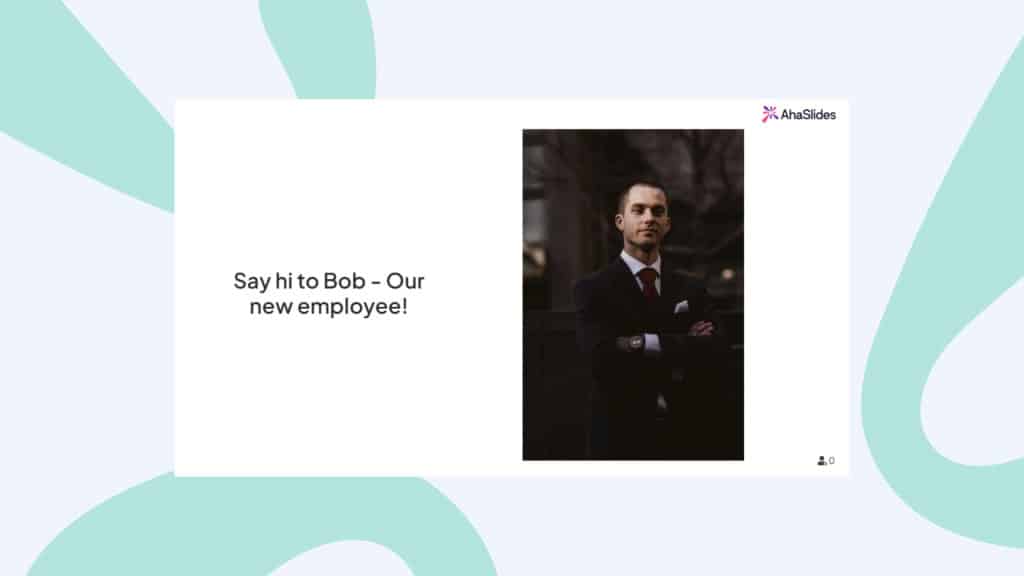
4. Company News
⏰ 5 minutes
Another quick but essential item on your all-hands meeting agenda is updating your team on the company's activities. Why does this matter? It is to keep everyone aligned and informed about broader company developments, events, and logistical notes that affect everyone.
Bear in mind that this isn't about projects and goals (that comes in a minute), but more about announcements that affect the whole company. This can be about new deals struck, new team-building plans in the pipeline and also all that necessary boring stuff, like what day the plumber's coming to pick up the coffee mug he left last time.
This activity aims to ensure transparency and alignment on what’s happening across the company, while also keeping the tone light and informative.
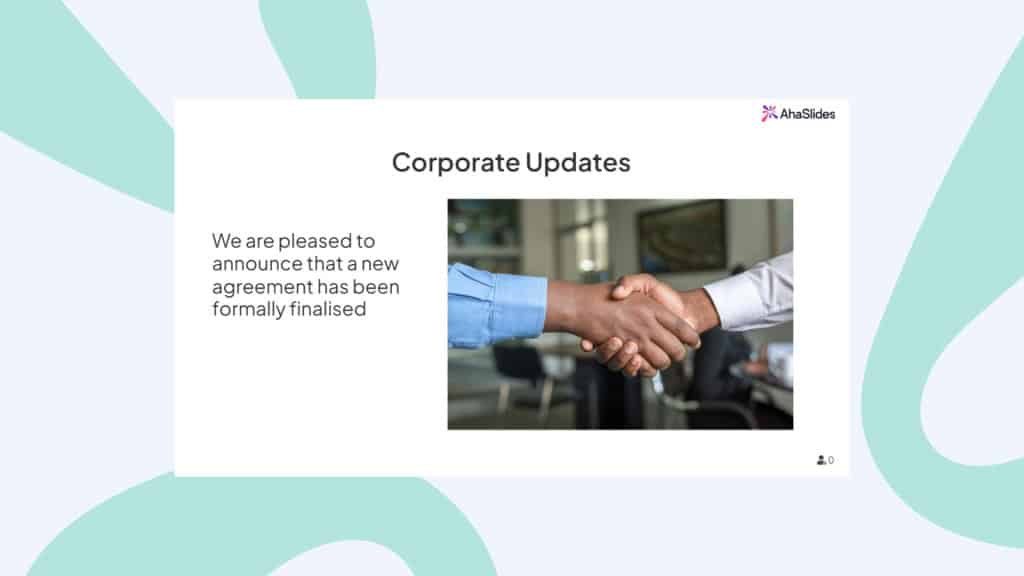
5. Goal Progress
⏰ 20 minutes
Now we're in the real meat of your all-hands. This is where you'll show the goals and boast proudly (or cry publicly) about your team's progress towards them.
This segment typically comes after general announcements and is often led by department heads or team leads, with the host or moderator guiding the flow.
This is possibly the most important section of your meeting, so check these quick tips...
- Use visual data - This might come as no surprise, but graphs and charts do a much better job of clarifying data than text. Show each department's progress as a point on a graph to give them a clearer indication of where they're coming from and where they're (hopefully) going.
- Congratulate and nudge - For your team, this might be the most nerve-wracking part of the whole all-hands meeting agenda. Allay fears by congratulating teams on their good work, and gently nudging teams who are underperforming by asking them what they would need to have a better chance of reaching their goals.
- Make it interactive - As the longest part of your all-hands meeting, and with many aspects not applying directly to everyone, you may want to keep the focus in the room with some interactivity. Try a poll, scale rating, a word cloud or even a quiz to see how on track your team think they are.
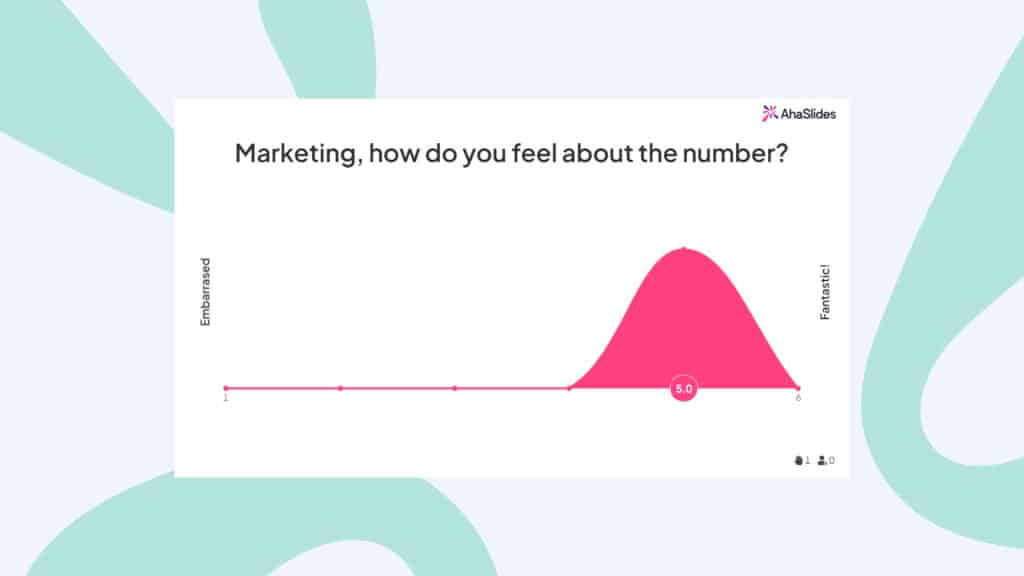
Once you've delivered this part of the talk, it's a good idea to put teams into breakout rooms so that they can brainstorm a 3-pronged response...
- What they liked about their progress update.
- What they disliked about their progress update.
- A blocker that is getting in the way of better progress.
This activity aims to foster transparency and accountability while motivating teams with recognition or constructive encouragement.
6. Staff Recognition
⏰ 10 minutes
Recognition is a powerful motivator, and your all-hands meeting is the perfect moment to highlight the unsung heroes across your organisation.
You don't have to put on a whole song and dance (many of your staff might feel uncomfortable with this anyway), but some recognition and possibly a small prize can do a lot, not just for the individual, but for your meeting as a whole.
Generally speaking, there are two ways to do this:
- Before the meeting, all team leaders submit the name of someone in their team who's gone above and beyond in their role. Use the meeting to acknowledge the most submitted name from each team.
- During the meeting - Hold a live word cloud for everyone's 'silent hero'. The most submitted name from your audience will loom large at the centre of the word cloud, giving you a chance to publicly acknowledge whoever it is.
Staff recognition ritual can boost morale, build cross-team respect, and add a positive emotional lift to your all-hands meeting.

Tip 💡 A spinner wheel is the perfect prize giveaway tool. There's nothing like it for audience engagement!
7. Open Q&A
⏰ 15 minutes
Finish up with what many consider to be the highest priority in an all-hands meeting: the live Q&A.
This is a chance for anyone from any department to fire questions at the top brass. Expect anything and everything from this segment, and welcome it as well, as your team may feel like it's the only time they can get a direct answer to a valid concern.
If you've got a large team, one way to deal with the Q&A efficiently is to ask for questions a few days before your all-hands meeting, then filter through them to find the ones worth answering in front of the crowd.
The purpose of this segment isn’t just to provide answers—it's to give your team a voice, show that leadership is listening, and close the meeting with a tone of openness and respect.
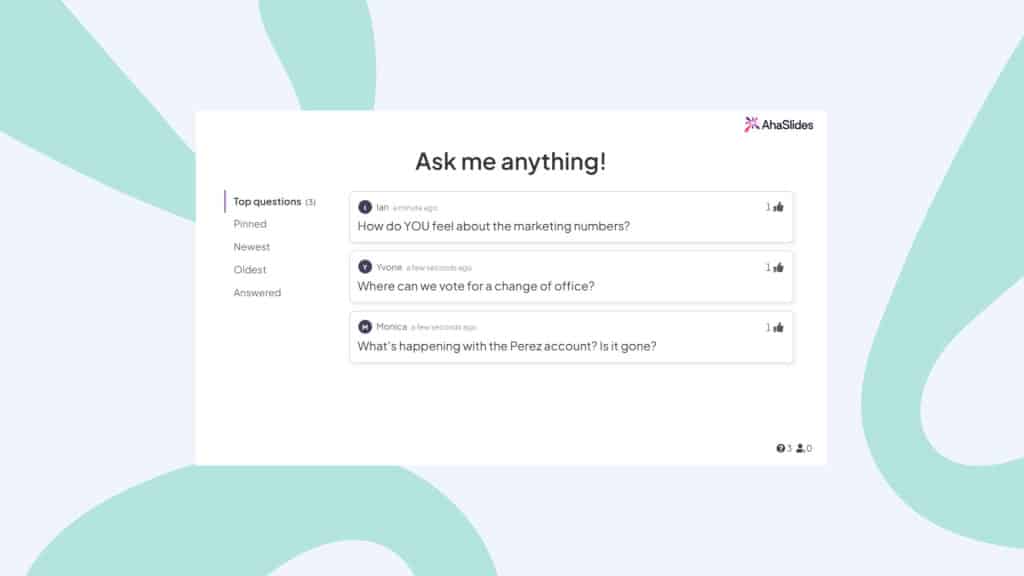
But, if you want to be more transparent about the whole process, simply let your team ask you questions via a live Q&A platform. This way, you can keep everything organised, moderated and 100% friendly for remote workers.
How to Conduct an All-Hands Meeting Using AhaSlides
1. Prepare Your Presentation
- Create a new presentation on AhaSlides.
- Structure your slides with key topics you want to cover: company updates, team achievements, announcements, Q&A, etc.
- Use a mix of informative slides (text, images, charts) and interactive slides (polls, quizzes, word clouds, Q&A).
2. Add Interactive Elements
- Polls: Gather opinions or quick feedback on new initiatives.
- Q&A slides: Allow employees to submit questions live, which you can answer during or after the presentation.
- Word Clouds: Capture team sentiments or highlight key themes.
- Quizzes: Engage the team with fun knowledge checks or company trivia.
3. Share Access
- Before the meeting, share the unique join link or code with all attendees so they can participate using their smartphones or devices.
- Encourage everyone to join a few minutes early to avoid delays.
4. During the Meeting
- Present your slides, switching between informative content and interactive activities.
- Use live poll results and Q&A responses to stimulate discussions.
- Keep the session dynamic by involving everyone rather than just one-way communication.
5. Engage and Follow Up
- Use the insights from polls and Q&A to address concerns and celebrate achievements.
- Save responses and results for future reference or to share with the wider team.
- Optionally, share the full presentation or summary after the meeting.
Extra Helpings for an All-Hands Meeting
If you're looking to flesh out your all-hands into something a bit longer than 1 hour, try these extra activities...
1. Customer Stories
Times, when your company has touched a customer, can be a hugely powerful motivation for your team.
Either before or during the meeting, have your team send you any glowing reviews from customers. Read these out for the whole team, or even have a quiz so everyone can guess which customer gave which review.
2. Team Talk
Let's be honest, team members are often a lot closer to their team leaders than their CEO.
Let everyone hear from a familiar voice by inviting the leaders of each team to come to the stage and deliver their version of the goal progress step. This is more likely to be relatable and accurate, and it gives others a break from your voice!
3. Quiz Time!
Spice up your all-hands with a competitive quiz. You can put each team into... teams, then have them challenge for the leaderboard through questions relating to work.
What's our projected content output this year? What was the adoption rate of our biggest feature last year?
